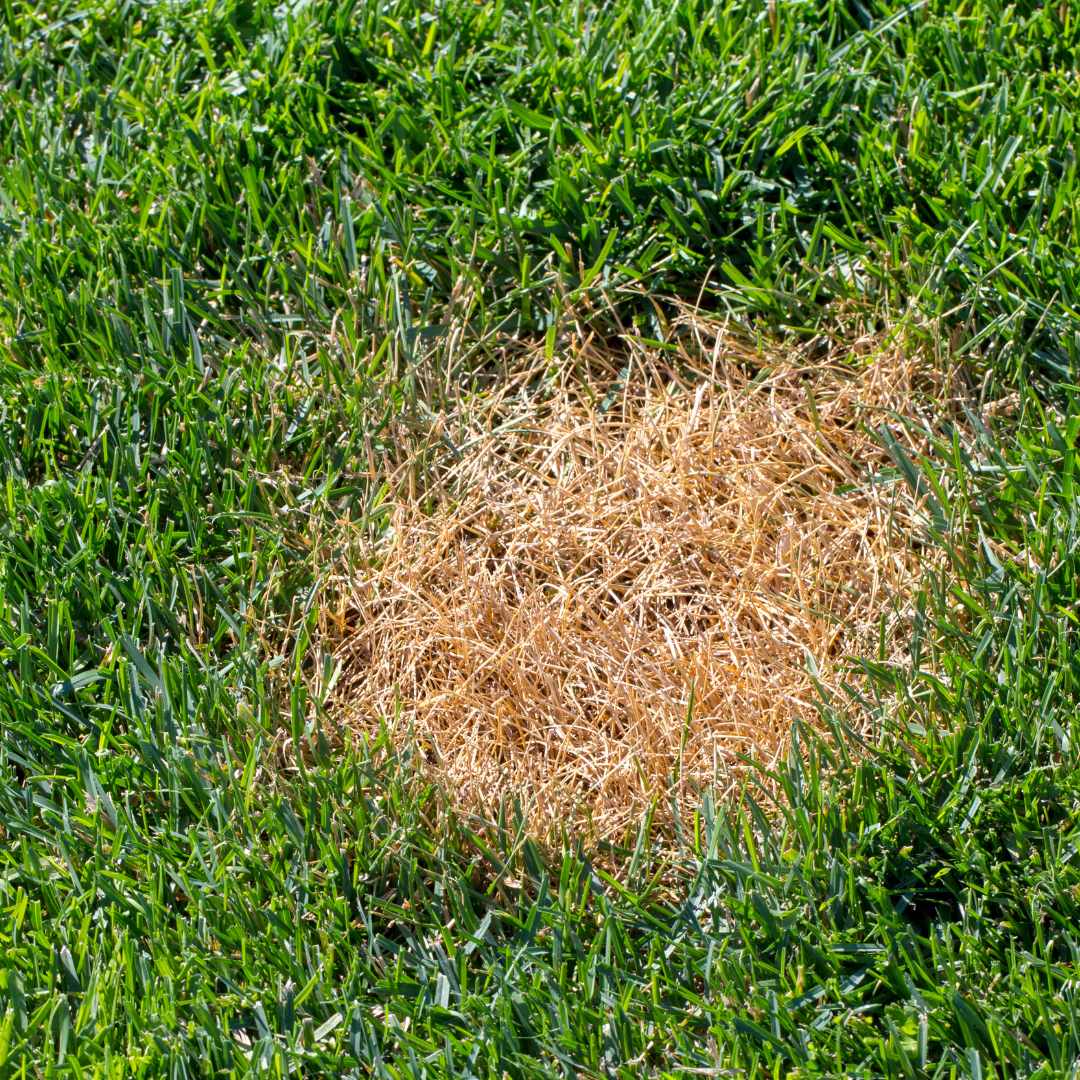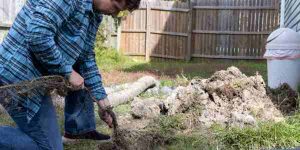How to Identify Different Types of Lawn Disease

Lawn disease can be a frustrating and damaging problem for homeowners, but understanding the different types of lawn diseases and how to identify and treat them can help you keep your lawn healthy and beautiful. In this blog post, we will provide an overview of some common types of lawn diseases and how to deal with them.
One common type of lawn disease is called “brown patch,” which is caused by a fungus known as Rhizoctonia solani. This disease typically appears as circular or irregularly-shaped patches of dead or discolored grass, and it is most commonly seen during the warm, damp conditions of late summer and early fall. To treat brown patch, you should use a fungicide specifically designed to target this disease, and avoid over-watering and over-fertilizing your lawn.
Another common type of lawn disease is called “red thread,” which is caused by a fungus known as Laetisaria fuciformis. This disease appears as thin, reddish-pink threads on the blades of grass, and it is most commonly seen in lawns that are stressed or weak. To treat red thread, you should use a fungicide specifically designed to target this disease, and improve the overall health of your lawn by providing proper care and maintenance.
A third common type of lawn disease is called “dollar spot,” which is caused by a fungus known as Sclerotinia homoeocarpa. This disease appears as small, circular patches of dead or discolored grass, and it is most commonly seen during the cool, moist conditions of spring and early summer. To treat dollar spot, you should use a fungicide specifically designed to target this disease, and avoid over-watering and over-fertilizing your lawn.
In addition to these three common diseases, there are many other types of lawn diseases that can affect your grass. Some of these include rust, fairy ring, and powdery mildew. Rust appears as small, orange or reddish-brown spots on the blades of grass, and it is most commonly seen during warm, humid conditions. Fairy ring appears as circular or semicircular patches of dead or discolored grass, and it is often accompanied by mushrooms or other fungi. Powdery mildew appears as a white or gray powdery coating on the leaves of grass, and it is most commonly seen during cool, damp conditions.
To effectively treat and prevent these diseases, it is important to properly identify the type of disease you are dealing with and use the appropriate fungicide. For example, if you are dealing with rust, you should use a fungicide that contains the active ingredient myclobutanil or propiconazole. If you are dealing with fairy ring, you should use a fungicide that contains the active ingredient chlorothalonil or thiophanate-methyl. And if you are dealing with powdery mildew, you should use a fungicide that contains the active ingredient potassium bicarbonate or sulfur.
In addition to using fungicides, there are also several practices that can help prevent the development of lawn diseases. These include maintaining proper lawn care, such as mowing at the correct height and watering deeply but infrequently. It is also important to avoid over-fertilizing, as this can create the ideal conditions for diseases to thrive.
If your lawn has already been affected by a disease, it is important to take steps to repair the damaged grass. This may involve removing and replacing the affected patches, or using a grass seed blend specifically designed for repairing damaged lawns. You should also take steps to prevent the spread of the disease, such as avoiding walking on the affected areas and properly disposing of any infected plant material.
Overall, lawn disease can be a challenging problem, but with the right knowledge and approach, you can effectively manage and prevent these diseases. Look to Impact Landscapes to properly identify the type of disease and to use the appropriate fungicides to rectify the problem. With the proper care and maintenance you can keep your lawn healthy and beautiful!




0 Comments